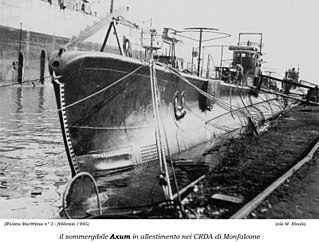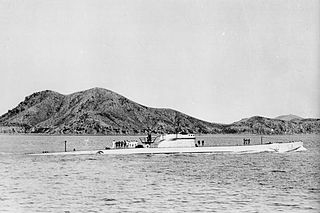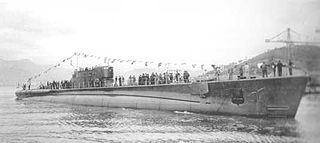| Shipwrecks | - 1 May: Argo , TA 43 , U-3006 , U-3009
- 2 May: Admiral Hipper , USS Thornton, U-8 , U-14 , U-60 , U-61 , U-62 , U-71 , U-72 , U-120 , U-121 , U-137 , U-139 , U-140 , U-141 , U-142 , U-146 , U-148 , U-151 , U-152 , U-316 , U-552 , U-554 , U-612 , U-717 , U-929 , U-1007 , U-1308 , U-2327 , U-2359 , U-2510 , U-2526 , U-2527 , U-2528 , U-2531 , U-3002 , U-3016 , U-3018 , U-3019 , U-3020 , U-3021 , U-3504 , U-3516 , U-3517 , U-3521 , U-3522
- 3 May: Arcona, Cap Arcona, Deutschland, Emden , USS Lagarto, USS Little, USS LSM(R)-195, Medusa, Nordland , Schlesien , Thielbek, UA , UB , UD-1 , UD-2 , UD-3 , UD-4 , U-48 , U-52 , U-57 , U-58 , U-59 , U-101 , U-328 , U-339 , U-428 , U-446 , U-475 , U-560 , U-704 , U-708 , U-747 , U-748 , U-795 , U-822 , U-828 , U-876 , U-903 , U-922 , U-924 , U-958 , U-1166, U-1170 , U-1192 , U-1196 , U-1201 , U-1205 , U-1210 , U-1227 , U-1275 , U-2330 , U-2332 , U-2355 , U-2371 , U-2501 , U-2503 , U-2504 , U-2508 , U-2512 , U-2519 , U-2520 , U-2521 , U-2524 , U-2533 , U-2534 , U-2535 , U-2536 , U-2539 , U-2543 , U-2545 , U-2546 , U-2548 , U-2552 , U-3001 , U-3005 , U-3010 , U-3011 , U-3012 , U-3013 , U-3014 , U-3023 , U-3024 , U-3025 , U-3026 , U-3027 , U-3028 , U-3029 , U-3031 , U-3032 , U-3037 , U-3038 , U-3039 , U-3040 , U-3507 , U-3509 , U-3511 , U-3513 , U-3518 , U-3525 , U-3530 , U-4705 , U-4712 , Z43
- 4 May: USS LSM(R)-190, USS LSM(R)-194, USS Luce, USS Morrison, Orion , USS PGM-17, U-30 , U-46 , U-267 , U-393 , U-711 , U-721 , U-792 , U-793 , U-904 , U-1132 , U-1161 , U-1168 , U-1303 , U-1304 , U-2338 , U-2540 , U-3033 , U-3034 , U-4709 , U-4711
- 5 May: T36 , U-17 , U-38 , U-236 , U-290 , U-349 , U-351 , U-370 , U-397 , U-534 , U-579 , U-733 , U-746 , U-750 , U-794 , U-827 , U-999 , U-1008 , U-1016 , U-1025 , U-1056 , U-1162 , U-1193 , U-1204 , U-1207 , U-1223 , U-1234 , U-1306 , U-1405 , U-2333 , U-2339 , U-2343 , U-2346 , U-2347 , U-2349 , U-2352 , U-2357 , U-2358 , U-2360 , U-2362 , U-2364 , U-2366 , U-2367 , U-2368 , U-2369 , U-2507 , U-2517 , U-2522 , U-2525 , U-2541 , U-2544 , U-2551 , U-3015 , U-3022 , U-3044 , U-3501 , U-3510 , U-3524 , U-3526 , U-3527 , U-3528 , U-3529 , U-4701 , U-4702 , U-4703 , U-4704 , U-4707 , U-4710
- 6 May: U-853 , U-881 , U-3523
- 7 May: Avondale Park, Sneland I, U-1407
- 8 May: U-37 , U-320 , U-382 , U-2365 , U-2538 , U-3030 , U-3503
- 16 May: Haguro , Hatsutaka , U-287
- 18 May: USS Longshaw
- 20 May: U-963
- 24 May: HM Motor Gun Boat 2007, U-979
- 25 May: USS Bates, USS LSM-135
- 28 May: USS Drexler
- 29 May: Tenryo Maru
- 31 May: I-361, Uzbekistan
|
|---|













